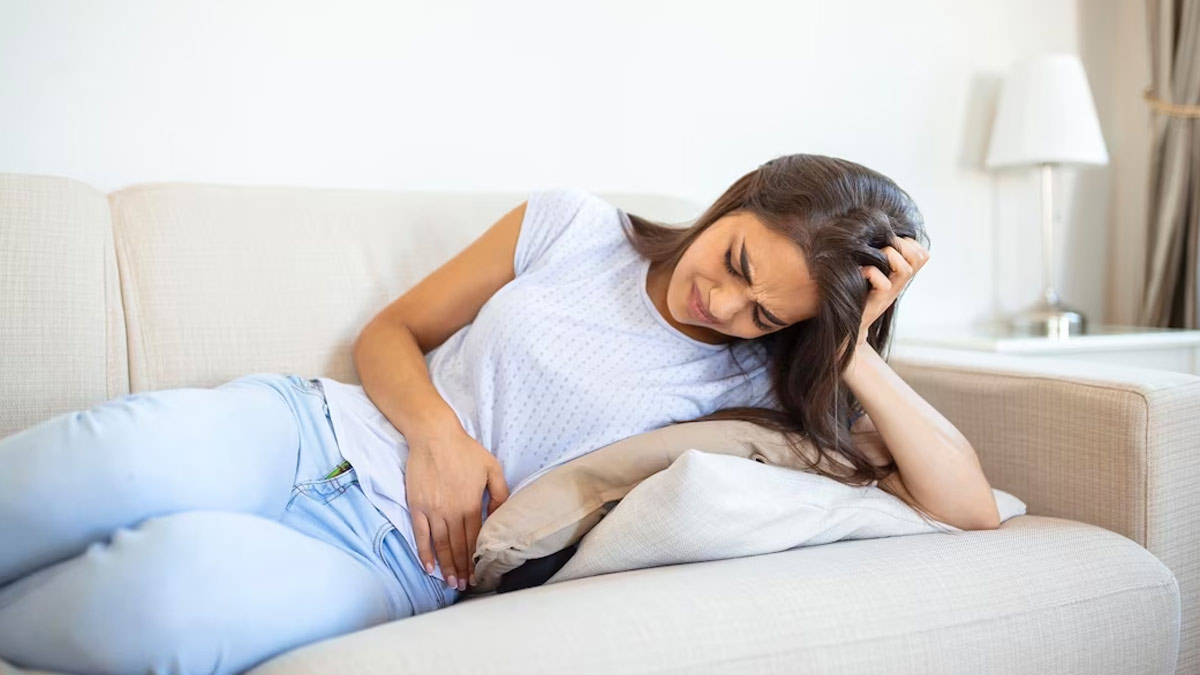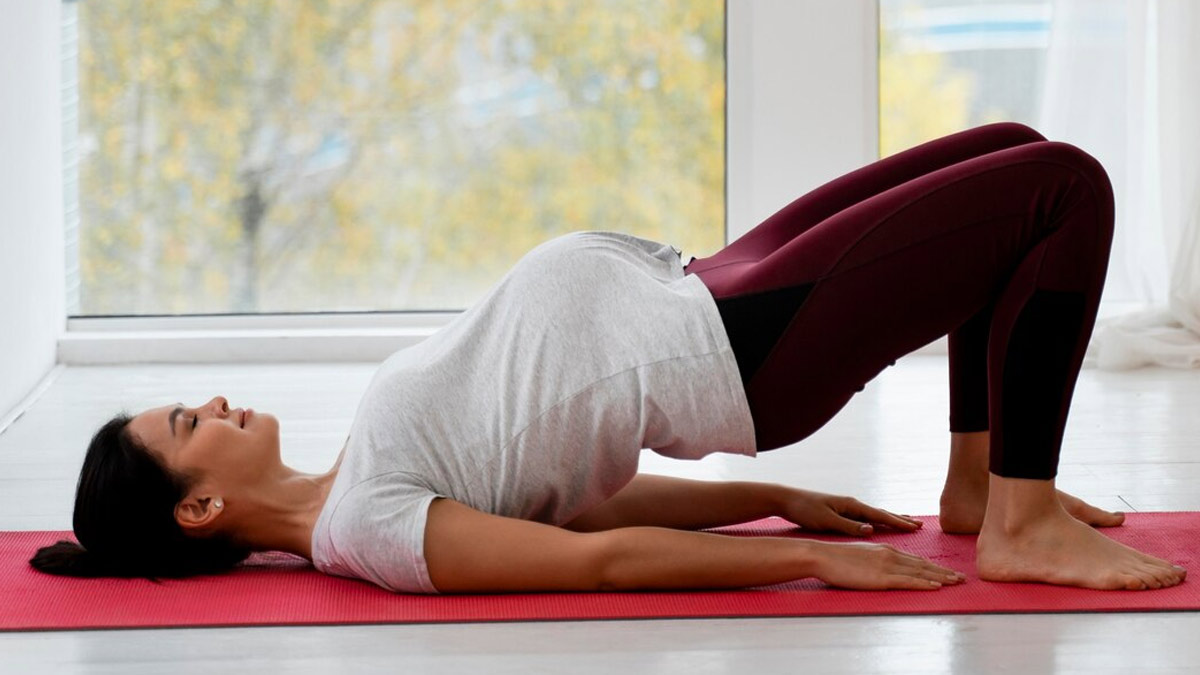
Each month, many women face a common yet often overlooked challenge: dysmenorrhoea or menstrual cramps. These recurring pains in the lower abdomen can disrupt daily routines and dampen spirits. But what exactly is dysmenorrhoea? Why do some women experience it more intensely than others?
Table of Content:-
Dr Anjana Singh, Director, Obstetrics and Gynaecology, Fortis Hospital, Noida, explained dysmenorrhoea, its types, risk factors, and the treatment.
What is Dysmenorrhoea?

Dysmenorrhoea, commonly known as menstrual cramps, is a condition characterised by painful menstruation. It affects a significant number of women during their reproductive years and can have a substantial impact on their quality of life. You may experience other symptoms in addition to cramps, such as nausea, exhaustion, and diarrhoea.
Dr Singh said, “Though more than 50% of women suffer some degree of minor pain during their period if the pain is severe enough to prevent them from carrying out their normal daily activities, it is referred to as dysmenorrhoea.”
The BMJ Publishing Group reports dysmenorrhoea to be the most common gynaecological condition in women irrespective of their age or nationality.
Types Of Dysmenorrhoea
Dr Singh said that dysmenorrhoea is of two types; primary dysmenorrhoea and secondary dysmenorrhoea.
Primary Dysmenorrhoea
It is the pain that comes during menstruation and is not related to any disease or pathology in the uterus. It is caused by the natural chemical called prostaglandin, secreted from the uterine muscle causing them to contract during menstruation. On the first day, the level of prostaglandin is very high. Hence, pain is also excessive.
Secondary Dysmenorrhoea
Secondary dysmenorrhoea is caused by disorders in the reproductive organs. The pain is more severe than normal menstrual cramps. It is caused by:
Congestive Dysmenorrhoea: If the crampy pain starts 7-10 days before menstruation and continues during menses main reasons could be endometriosis or adenomyosis or pelvic inflammatory disease.
Membranous Dysmenorrhoea: The condition known as membranous dysmenorrhoea occurs when a thick tubular membrane is thrown out during menstruation. It mainly occurs if the endometrial lining gets very thick.
Dr Singh said that more than 50% of dysmenorrhoea occurs due to endometriosis. Other causes include fibroids, Intrauterine Devices (IUCD), congenital intensive abnormalities, cervical stenosis, ovarian cysts, and pelvic congestion syndrome.
Also Read: Menstruation While Travelling? Expert Lists Ways To Take Care Of Menstrual Hygiene
Risk Factors Of Dysmenorrhoea

Dr Singh said that several factors can increase the risk of developing dysmenorrhoea, including:
- Early Age of Menarche: Starting menstruation at a younger age increases the likelihood of experiencing dysmenorrhoea.
- Heavy or Prolonged Menstrual Flow: Women with heavy or prolonged periods are more prone to dysmenorrhoea.
- Smoking: It has been linked to an increased risk of developing dysmenorrhoea. The toxins in cigarette smoke may contribute to inflammation and pain during menstruation.
- Family History: Women with a family history of dysmenorrhoea are more likely to experience it themselves, suggesting a genetic component to the condition.
- Psychological Factors: Stress, anxiety, and depression can exacerbate the perception of pain and make dysmenorrhoea symptoms more severe.
Prevention and Treatment

Dr Singh listed the prevention and treatment tips you should follow to get relief as follows:
- If it is a primary dysmenorrhoea then incorporation of certain dictionary supplements rich in vitamin E, omega-3 fatty acids, vitamin B1, vitamin B6, and magnesium may reduce menstrual cramps.
- Incorporate lots of vegetables, whole grains, legumes, nuts and seeds in the diet to lower stress levels. Since stress leads to increased cramps, minimising stress may help in alienating menstrual cramps.
- Drink 11-12 glasses of water to decrease the bloating associated with cramps. Also, sip herbal trees like chamomile tea, fennel, or ginger tea to get relief. Anti-inflammatory foods like pineapple, turmeric, ginger, garlic, almonds, walnuts, and green leafy veggies can also be consumed.
- Exercise and yoga can be done for muscle relaxation that will increase the endorphin (happy hormone) levels that help in reducing the pain.
- Practising 15 minutes of yoga could also be beneficial.
- Dr Singh added that it’s important to change pads every four hours because prolonged usage of the same pads reabsorbs the prostaglandins in the menstrual blood.
Disclaimer
The information in the article is provided by an expert, however, we recommend you consult your healthcare expert for a treatment catered to your requirements.
Also watch this video
How we keep this article up to date:
We work with experts and keep a close eye on the latest in health and wellness. Whenever there is a new research or helpful information, we update our articles with accurate and useful advice.
Current Version
